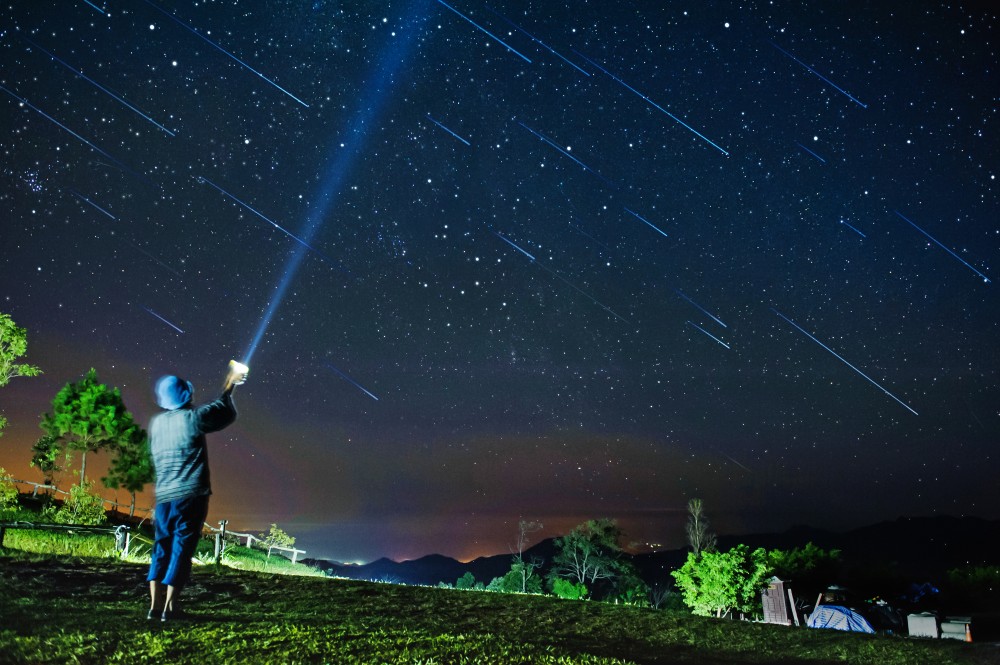
Heavy Rain, Flooding, and Chance of Severe Weather Staring Down the Southern U.S.
January 22, 2024
Posted: May 2, 2021 10:53 am





The arrival of May brings a month full of spectacular astronomical events for stargazers all over the world. Here is what to put on your May calendar and when to turn your eyes up to the night skies.
The first major astronomical event of the month is also going to be the best meteor shower of the year for those people living in the Southern Hemisphere. The Eta Aquarid Meteor Shower will reach its peak on the night of May 4 and last until the early morning hours of May 5. The best time to view the meteors will be just after midnight local time.
You can expect to see between 40 to 60 meteors per hour at the peak of the shower activity. While the best viewing will be had south of the equator, those in the Northern Hemisphere will still be in for a show if they keep their eyes trained on the skies. North of the equator, stargazers can expect to see between 10 and 30 meteors per hour.
Do not despair if your area is covered in clouds on the night of May 4. There will still be a few more nights to catch these meteors, despite May 4 being the peak of activity. Once this meteor shower wraps up, the next event will not peak until the end of July.
As the smallest planet in the solar system, Mercury is also the most challenging to spot without the use of a telescope. However, mid-May marks a great time to find it in the skies if you know when and where to look. May 13-16 will be the best time of the year to catch a glimpse of this tiny planet. The best time to see it will be in the time period right after sunset.
Look for the dimly lit planet adjacent to the thin crescent moon that will appear in the western sky on May 13. You will need a clear view of the western horizon in order to see Mercury as it hovers low in the sky. While Mercury will still be visible later in the month, it may be more difficult for novice stargazers to find without the reference point of the moon serving as a guide.

The month of May will end with a bang with the appearance of a total lunar eclipse just prior to daybreak on May 26. Not only is this the most anticipated astronomical event of May, but it is also one of the biggest events of the year 2021.
The spectacular event will happen when Earth, the moon, and the sun perfectly align to create a total lunar eclipse. This total lunar eclipse will mark the first of its kind in the US since January of 2019.
The totality of the eclipse will only be visible if you are watching from the West Coast or the Rocky Mountains. Those people living in the eastern half of the nation will only be treated to a partial lunar eclipse.
If you live on the West Coast and find yourself with no clouds on the morning of the 26th, you will see the moon turn to an orange or red hue during the peak of the total lunar eclipse. It is this color that gives the event the nickname of “blood moon.”

January 21, 2024

January 19, 2024

January 18, 2024